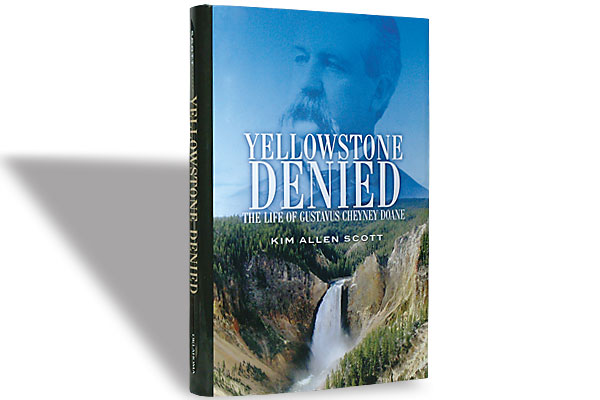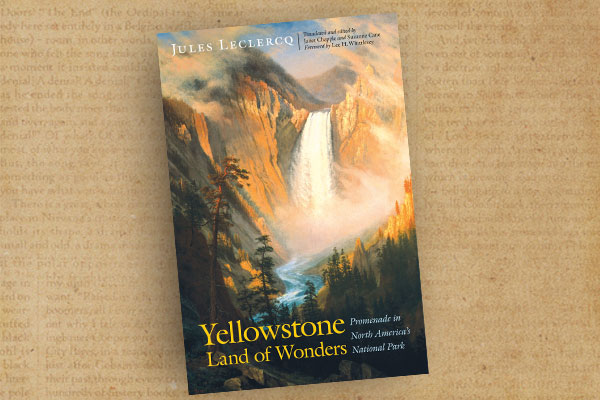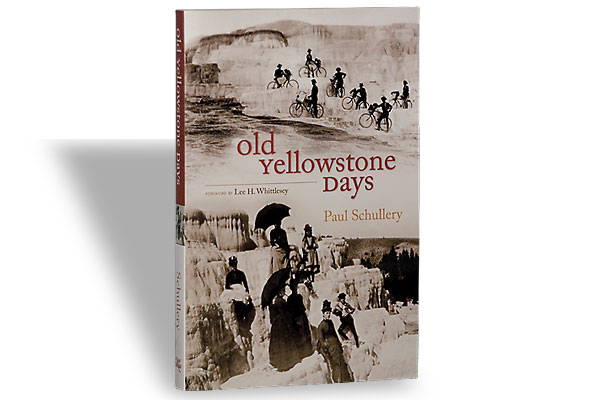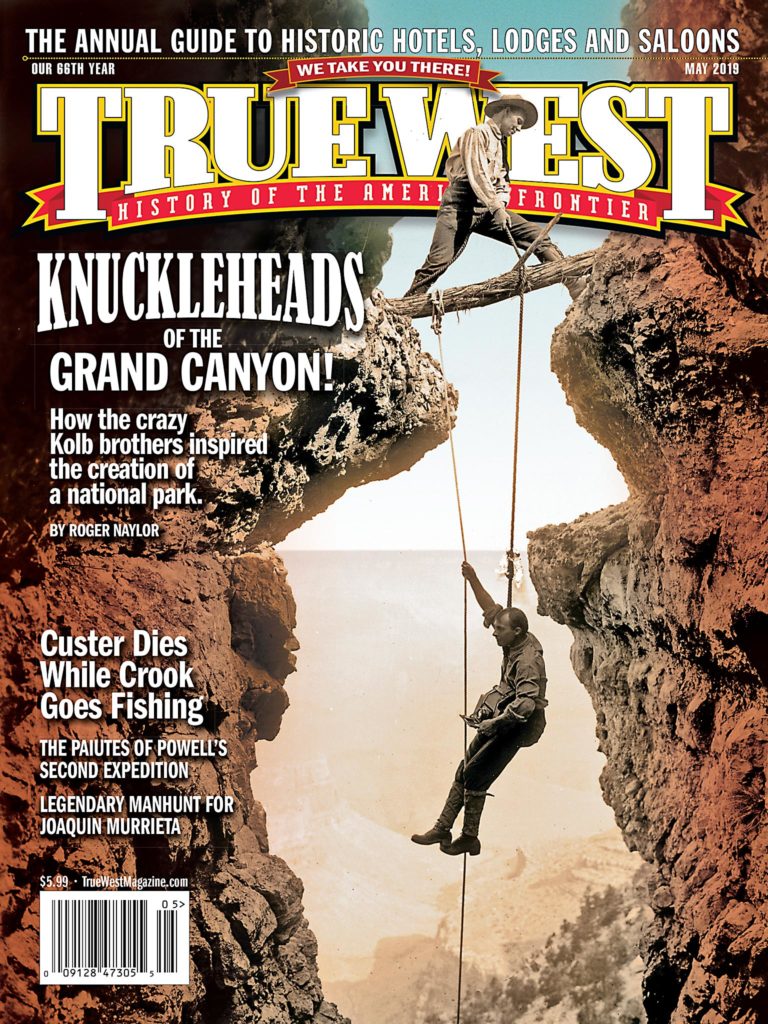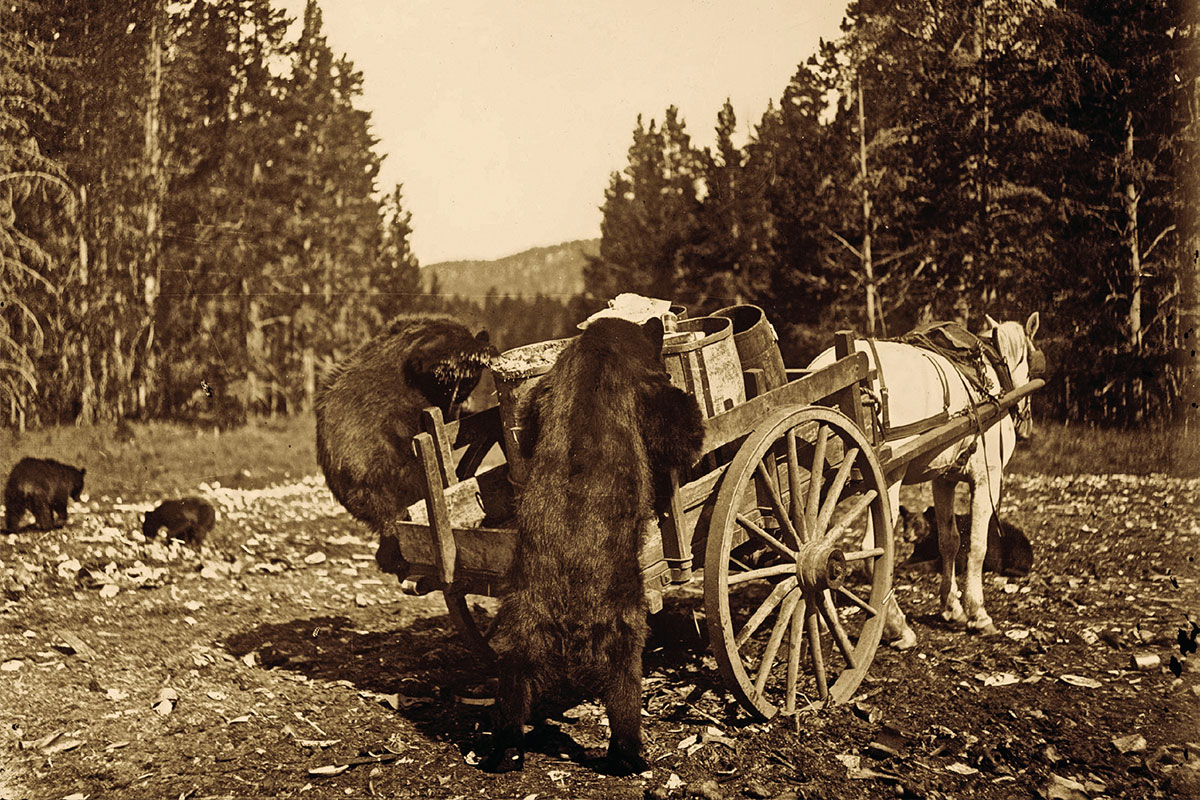
— True West Archives —
July is the busiest month for Yellowstone National Park, where vacationers find a cool respite from the sizzling heat. The idea of setting aside land for the public’s benefit was revolutionary when President Ulysses S. Grant signed the bill creating the first national park in the world, on March 1, 1872.
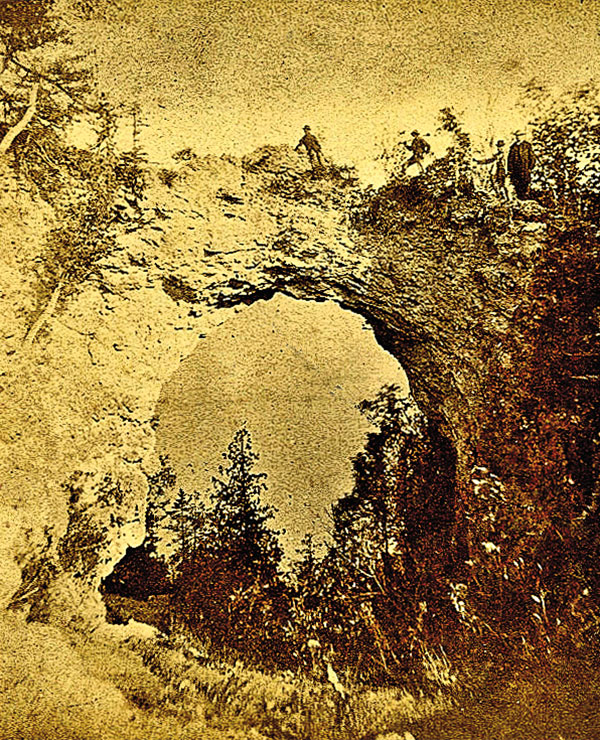
— Courtesy True West Archives —
Yellowstone covered two million acres in the northwest corner of Wyoming Territory and spilled into Idaho and Montana territories. The bill protected Yellowstone from private greed and ordered that the area be “dedicated and set apart as a public park or pleasuring-ground for the benefit and enjoyment of the people,” notes David A. Clary in The Place Where Hell Bubbled Up, published by the National Park Service in 1972.
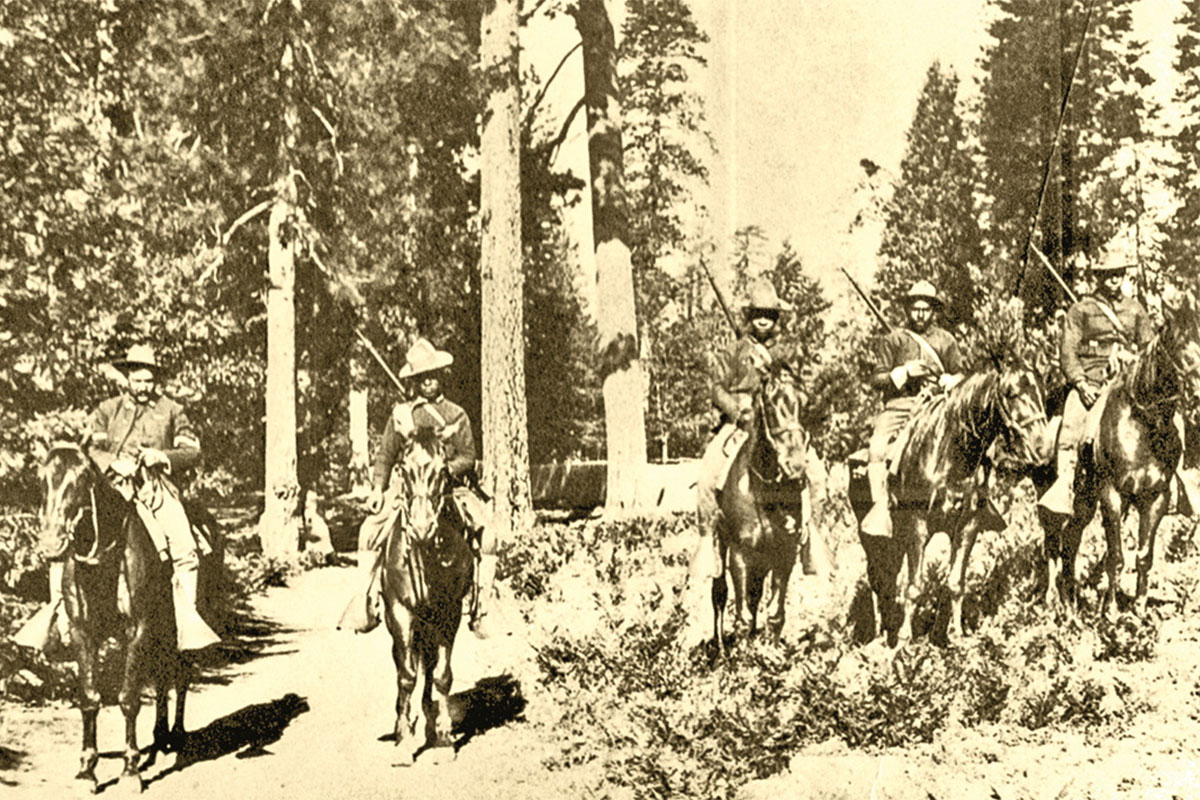
— Courtesy Yosemite Research Library, National Park Service —
But the idea of a national preserve continued to be controversial; Yellowstone had none of the protection found today for the national park system. It was defenseless from “poachers, squatters, woodcutters, vandals and firebugs,” Clary reports.
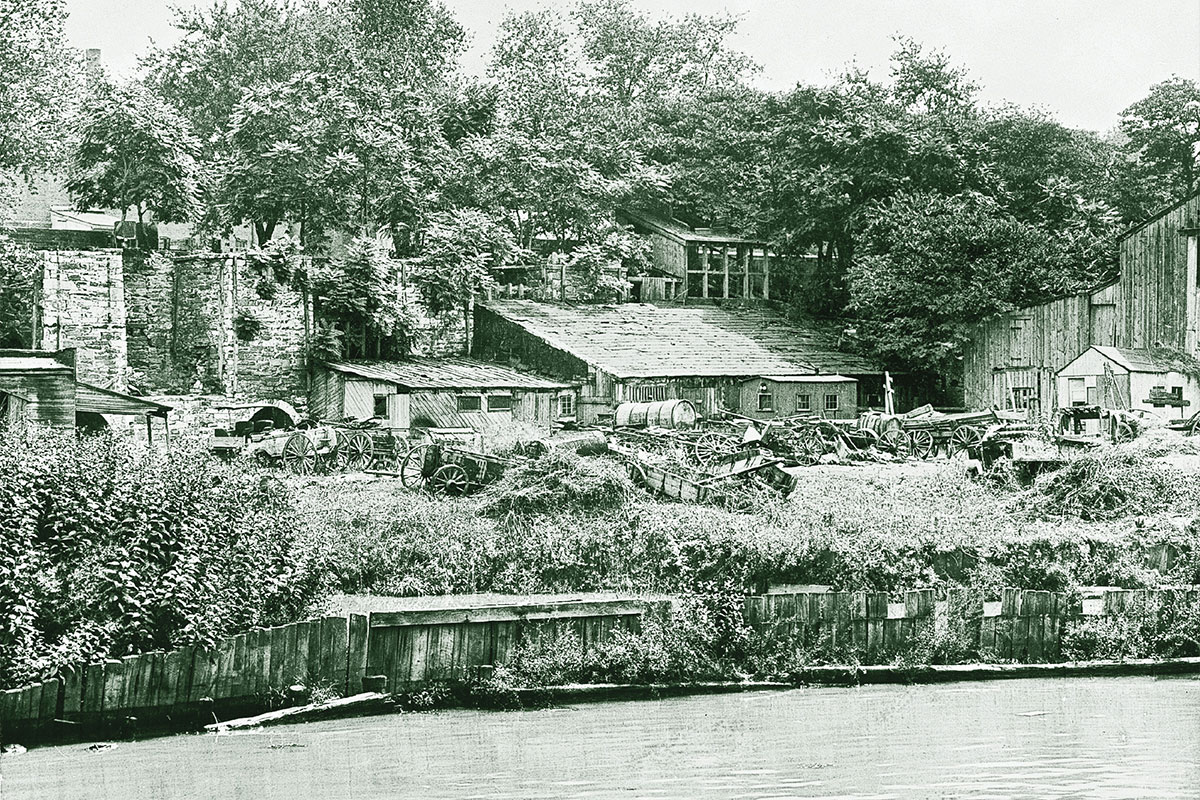
— Courtesy Library of Congress —
In 1883, Congress debated the value of such publicly owned land, with some members arguing that private enterprise should be in charge. Three years later, Congress stripped all money allocated to protect Yellowstone. The Secretary of the Interior called on the Secretary of War for help. The U.S. Army stepped in to protect the land.
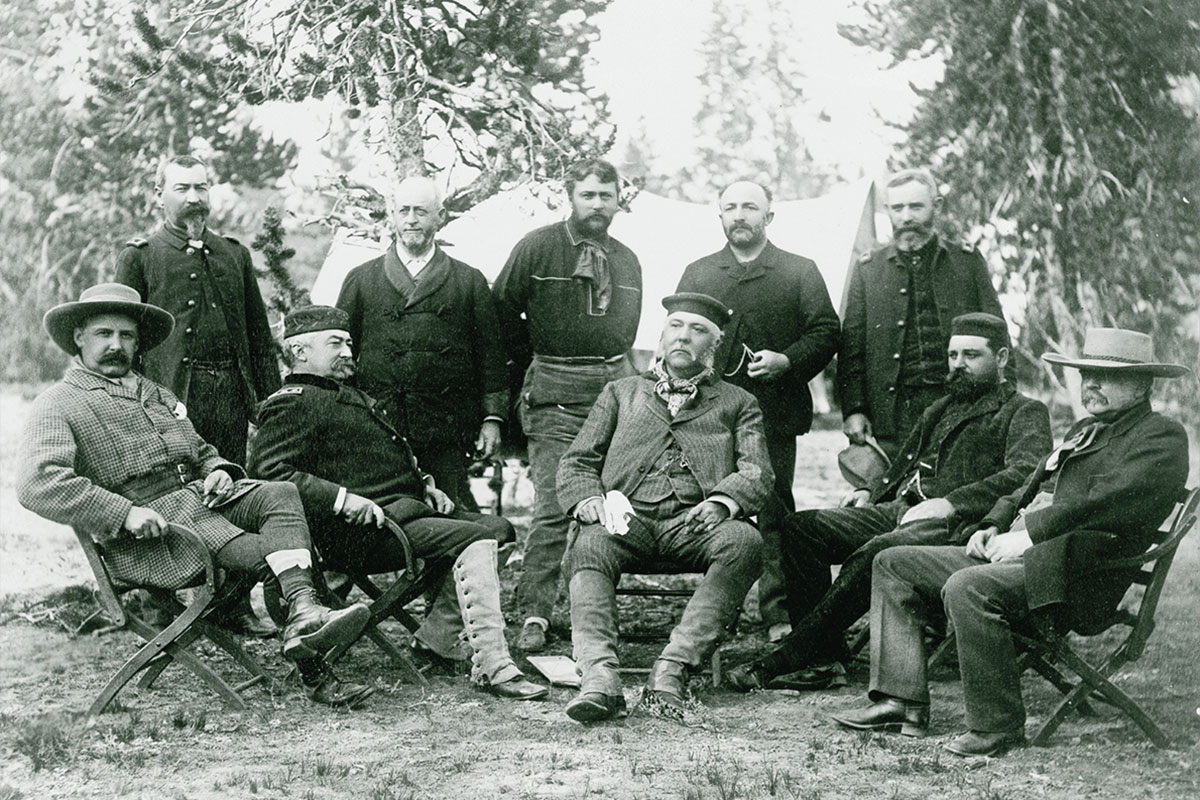
— Frank Jay Haynes, Courtesy Library of Congress —
Although strong federal laws now protect the nation’s vast system of public parks, the debate continues to this day. Each year, the National Park Service must fight for a decent operating budget—and Congress often raids the money the parks earn themselves through visitor fees.
Land speculators constantly put the pressure on Congress to sell all that pristine property—not a value to everyone, as intended, but a gold mine for a few. Some politicians in Congress think they’re right.
Jana Bommersbach has earned recognition as Arizona’s Journalist of the Year and won an Emmy and two Lifetime Achievement Awards. She cowrote the Emmy-winning Outrageous Arizona and has written two true crime books, a children’s book and the historical novel Cattle Kate.

